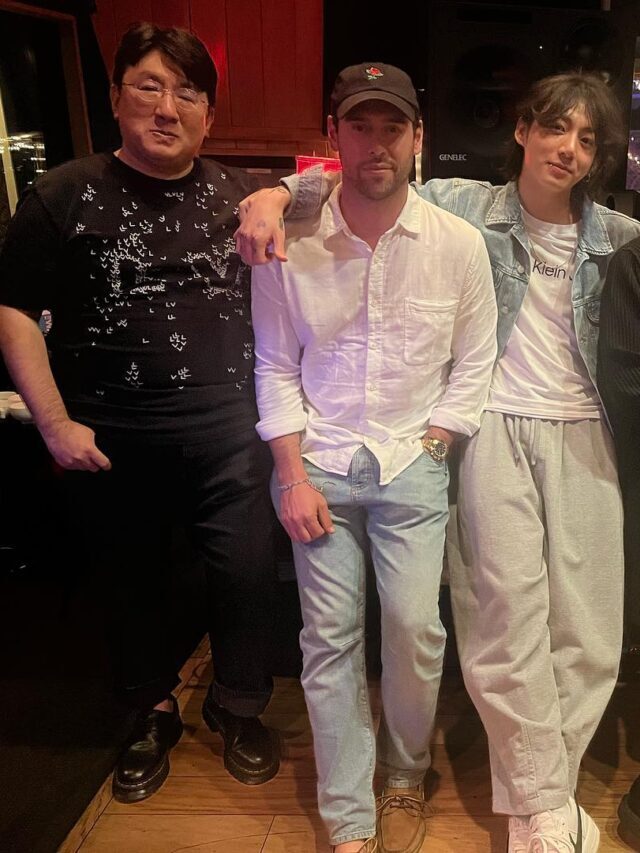Playing music with others can be a fun, challenging, and rewarding experience. But it can also be intimidating, especially if you’re new to playing with others or struggle to stay in time with the group.

Playing in time with other musicians is crucial if you want to sound good together and create a meaningful musical experience. In this blog post, we’ll share some tips and tricks to help you find your groove and play in time with other musicians.
1. Use a Metronome
A metronome functions as a handy tool that aids in maintaining rhythm by generating a constant beat. It’s essential to use a metronome when practicing on your own, but it’s even more important when playing with others.
Set the metronome at a comfortable tempo and practice playing along with it until you’re comfortable. Once you’re confident, try turning off the metronome and playing a song with others. You should notice that you’re much better at keeping time than before.
Practicing along with a metronome is essential for developing a sense of timing and is something even seasoned musicians do to stay sharp.
2. Slow down the tempo
Another helpful tip in playing in time with other musicians is slowing down the tempo. When learning a new piece, it’s tempting to play at the original speed right away. But rushing can lead to mistakes and make it harder to keep time.
Start by slowing the tempo dramatically; this gives you ample time to understand the intricacies of the piece and the rhythm. As you become more familiar with the song, gradually increase the speed while maintaining your timing.
This approach not only improves your ability to keep time but also enhances your overall musicality and understanding of the piece. Remember, precision in timing is always more important than speed in musicianship.
3. Practice With a Backing Track
Playing with a backing track is an excellent way to develop your timing skills. There are thousands of backing tracks available online, from blues and rock to jazz and funk. Find a track that suits your style and practice playing along with it. Not only will this improve your timing, but it can also help you develop your soloing and improvisational skills.
The best part about playing with a backing track is that you can improvise and feel free to be creative without the pressures of making mistakes. This gives you an opportunity to explore different ideas on your instrument of choice while developing your timing in a relaxed atmosphere.
4. Listen Consciously
When playing with other musicians, listening is key. Pay close attention to how they phrase their notes and what tempo they’re playing at. Make sure that your own timing is in sync with theirs.
When listening to the other musician, focus on the pocket groove that forms. This will help you understand how everyone else is playing together and should give you an idea of where to fit into the music.
5. Record Yourself
Recording yourself is essential for listening back and gauging your progress. It can also help you analyse how well you’re able to keep in time with a recording or other musicians.
Record yourself playing with a backing track or another musician, then listen back to it carefully. Note the sections where your timing is inconsistent or off-beat and try to identify any potential issues that are causing it. This will allow you to pinpoint areas that need improvement and develop a plan for addressing them.
6. Play With Others
Playing with other musicians is essential for learning to stay in time. You can find other local musicians to play with, or even make your own band to jam and rehearse with and improve your musical skills.
As you become more comfortable with the other musicians, experiment with different tempos, song structures, and grooves. This will not only give you a better understanding of musicality but also help you learn how to adapt quickly to different situations.
Conclusion
Finding your groove and playing in time with other musicians takes practice, but it’s an essential skill to have for any musician. With dedicated practice, anyone can develop their timing and become a more confident performer.
Just remember to use a metronome, slow down the tempo when needed, practice with a backing track, listen consciously, record yourself for feedback, and try to play with others whenever possible. These tips should help you build your timing skills and take your musicianship to the next level. Good luck!









